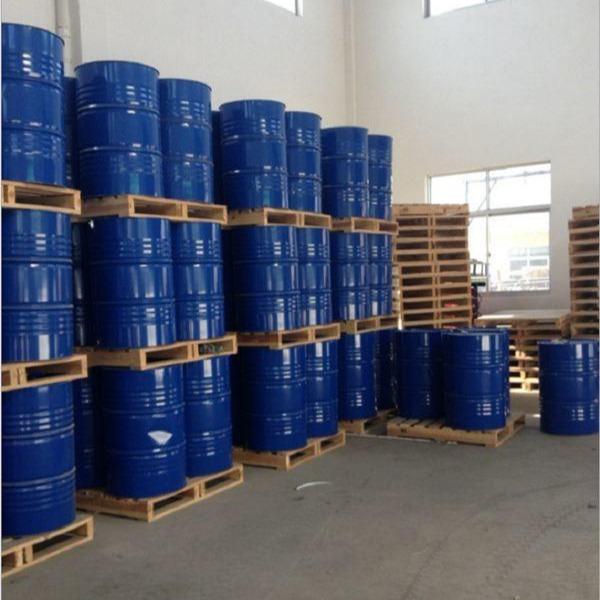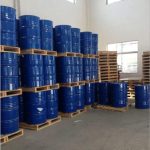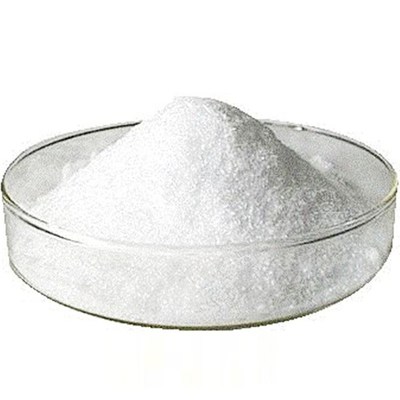
Phenol
Phenol is one of the main components of coal tar. In 1834, Runge discovered phenol from coal tar, and Laurent first prepared crystalline phenol in 1841. Phenol is a product in which a hydrogen atom on the benzene ring is replaced by a hydroxyl group. Phenol exists in nature in free form or in the form of derivatives (more often in the form of derivatives). The pure product is white or colorless hygroscopic crystals. In the air or when encountering unclean substances, it gradually turns into reddish crystals. It has a special smell, is toxic, and is highly corrosive. Relative molecular mass 94.11. Relative density 1.0576. Melting point 43℃. Boiling point 181.7℃, 120.7℃ (13.3×104Pa), 90.2℃ (3.33×103Pa), 70.9℃ (1.33×103Pa), 33.6℃ (1.33×102Pa). Freezing point 40.85℃. Flash point 85℃. Refractive index 1.5418 (41°C). Vapor pressure 70.7 Pa (25°C). Soluble in water, miscible with ethanol, ether, acetic acid, chloroform, acetone, benzene and carbon disulfide. Chemicalbook forms an azeotropic mixture with water, at which the content of this product is 9.2%, and the azeotropic point is 99.6°C. The reactivity of phenol is mainly the reaction between hydroxyl and aromatic ring. Hydrogen of hydroxyl group is easily dissociated into hydrogen ion, so it is acidic and reacts with sodium hydroxide to generate sodium phenolate; however, the acidity of phenol is lower than that of carboxylic acid and carbonic acid, so sodium phenolate releases phenol in carbonic acid aqueous solution; phenol is easily oxidized to generate benzoquinone (pink), and further oxidized to generate brown polymer; it can be reduced to benzene by reacting with metal zinc; it can be reduced to cyclohexanol by hydrogenation under the action of nickel catalyst; hydroxyl group can also generate ether or ester; the reaction on phenol aromatic ring is mainly electrophilic substitution reaction, such as halogenation, nitration, sulfonation, alkylation, acylation, carboxylation and coupling reaction with diazonium salt, and these electrophilic reactions mainly occur at the ortho and para positions of hydroxyl group; aromatic ring has high reactivity to carbonyl group of ketone and aldehyde, for example, it reacts with acetone to generate bisphenol A; under the catalytic action of acid and base, phenol and formaldehyde can generate phenolic polymer. Phenol is a food flavoring temporarily allowed for use in my country according to GB2760-1996.







